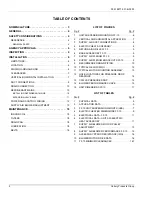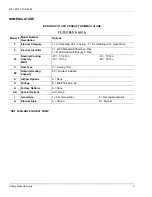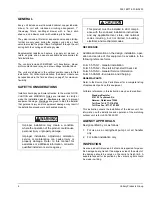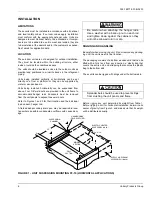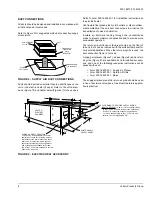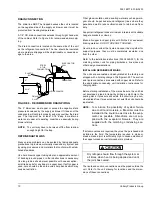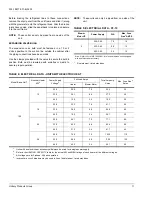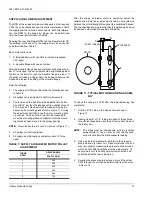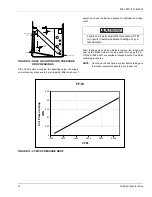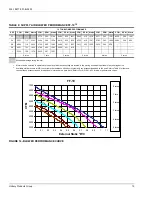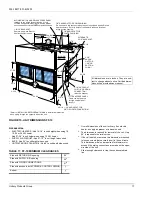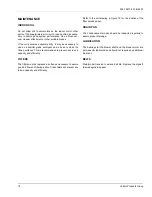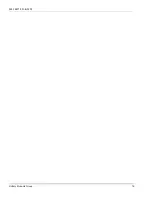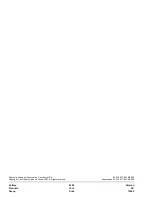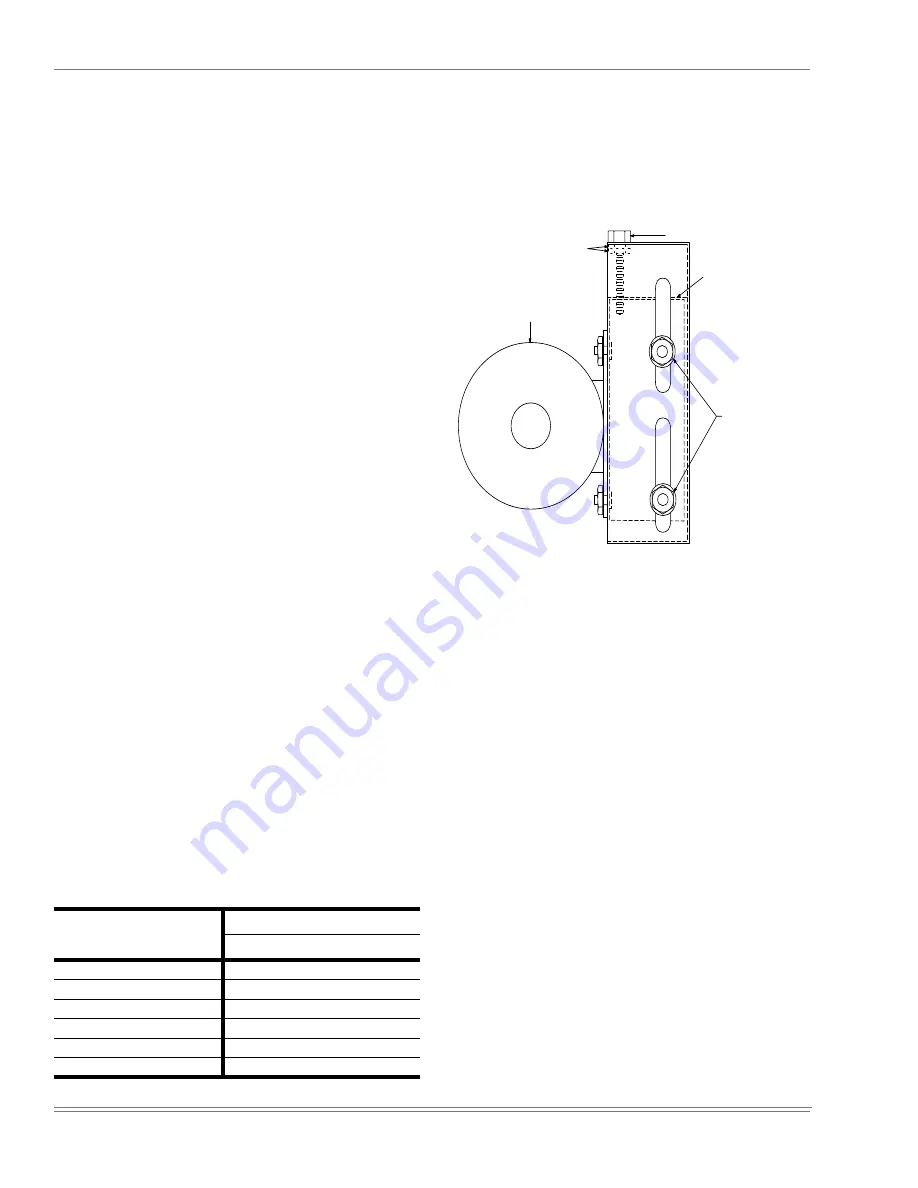
035-18877-001-B-0203
Unitary Products Group
13
SUPPLY AIR BLOWER ADJUSTMENT
The RPM of the supply air blower will depend on the required
CFM, the unit accessories and the static resistances of both
the supply and the return air duct systems. With this informa-
tion, the RPM for the supply air blower can be determined
from the blower performance in Table 8.
Knowing the required blower RPM and the blower motor HP,
the settings (turns open) for the supply air motor pulley can
be determined from Table 7.
Each motor pulley has:
1.
A threaded barrel with two flats (or notched recesses)
180° apart.
2.
A movable flange with one set screw.
After the movable flange has been rotated to the proper num-
ber of “turns open”, the set screw should be tightened against
the flat on the barrel to lock the movable flange in place. If
the pulley includes a locking collar, the locking collar must be
loosened to adjust the setting of the movable flange.
Note the following:
1.
The supply air CFM must be within the limitations shown
in Table 8.
2.
All pulleys can be adjusted in half turn increments.
3.
The tension on the belt should be adjusted for a deflec-
tion of 3/16” per foot of belt span with an applied force of
2 to 3 pounds. This adjustment is made by moving the
blower motor mounting plate. Refer to Figure 11. Turning
the adjustment bolt (B) moves the motor mounting plate
up or down. Two hex nuts (A) have to be loosened to
move the mounting plate and retighten after the mount-
ing plate has been moved to the proper position.
NOTE:
Never loosen the two nuts (C) (shown in Figure 11).
4.
All pulleys are factory aligned.
5.
All supply air motor pulleys are factory set at 3 “turns
open”.
After the supply air blower motor is operating, adjust the
resistances in both the supply and the return duct system to
balance the air distribution throughout the conditioned space.
The job specification may require that this balancing be done
by someone other than the equipment installer.
To check the supply air CFM after the initial balancing has
completed:
1.
Drill two 5/16” holes in the side panel as shown in
Figure 12.
2.
Insert at least 6” of 1/4” tubing into each of these holes
for sufficient penetration into the air flow on both sides of
the indoor coil.
NOTE:
The tubes must be inserted and held in a position
perpendicular to the air flow so that velocity pres-
sure will not affect the static pressure reading.
3.
Using an inclined manometer, determine the pressure
drop across a dry indoor coil. Since moisture on the coil
may vary greatly, measuring the pressure drop across a
wet coil under field conditions would be inaccurate. To
assure a dry coil, the heat pump system should be de-
activated while the test is being run.
4.
Knowing the pressure drop across a dry coil the actual
CFM through the unit can be determined from the curve
in Figure 13.
TABLE 7: SUPPLY AIR BLOWER MOTOR PULLEY
ADJUSTMENT
TURNS
OPEN
DRIVE RANGE
550-730 RPM
5
550
4
580
3
620
2
655
1
690
0
730
FIGURE 11 -TYPICAL MOTOR MOUNTING ASSEM-
BLY
B
A
(DO NOT LOOSEN)
MOTOR
MOTOR MOUNT
C
Содержание FF-10
Страница 19: ...035 18877 001 B 0203 Unitary Products Group 19...


